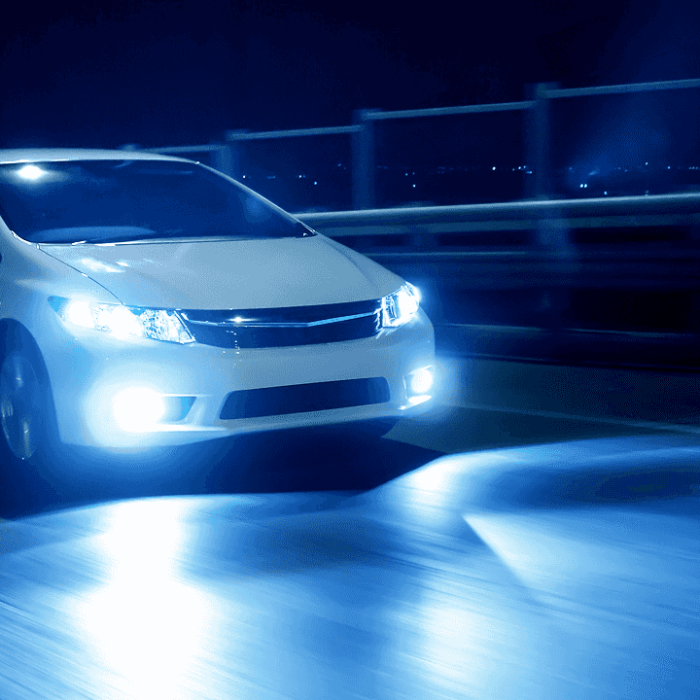Why Travelers Seek Combat Zone Destinations
Despite numerous travel warnings, armed conflicts and escalating tensions worldwide continue to attract thrill-seeking tourists. This phenomenon, known as “dark tourism” or “danger tourism,” has seen increased demand as travelers search for adrenaline-pumping experiences beyond conventional destinations.
Modern travelers often experience what experts call “adrenaline hunger” – a desire for intense, life-changing experiences that break from routine, peaceful lifestyles. This psychological drive compels some individuals to seek out active conflict zones, despite the obvious and severe dangers involved.
Many extreme tourists consult Foreign Affairs Ministry websites and travel advisories to identify high-risk destinations – essentially using government warnings as travel recommendations. However, this approach comes with one critical caveat: survival is never guaranteed, and what begins as an adventure can quickly become a one-way journey.
Critical Risk Assessment for Combat Zone Travel
Before considering any travel to active conflict areas, potential visitors must understand the severe and life-threatening risks involved:
- Death or serious injury: Active combat zones present immediate threats from gunfire, explosions, and military operations
- Kidnapping and captivity: Civilians may be taken hostage by any conflicting party
- Property loss: Vehicles and personal belongings are frequently confiscated or destroyed
- Legal consequences: Entry into restricted areas may violate local and international laws
Who Should Never Attempt Combat Zone Travel
Certain individuals face exponentially higher risks and should never consider extreme conflict tourism:
- Children and minors
- Pregnant women
- Elderly individuals
- People with mental health conditions or psychological instability
- Individuals with medical conditions requiring regular treatment
Travel Companion Considerations
The decision between solo travel and group travel presents distinct advantages and risks:
Solo Travel:
- Complete decision-making autonomy
- No need for consensus on dangerous situations
- Higher risk with no backup support in emergencies
Group Travel:
- Shared risk assessment and decision-making
- Emergency support from companions
- Essential: At least one member with medical training and comprehensive first aid knowledge

High-Risk Destinations and Access Limitations
Unlike organized extreme tours with predetermined schedules, independent travel to conflict zones requires extensive self-planning and risk assessment. Current high-risk areas include:
- Eastern Ukraine (Donetsk and Lugansk regions): Vehicle access impossible due to active battle lines and military checkpoints
- Other conflict zones: Vietnam, Israel, Sri Lanka, Somalia – where rental vehicles may be available but civilian access to active combat areas remains heavily restricted
In most cases, civilian vehicles cannot enter active combat zones. Cars serve primarily as transportation to proximity areas, after which travelers must proceed on foot at extreme personal risk. For those unwilling to abandon their vehicles (a sensible concern given theft risks), elevated observation positions using binoculars or night vision equipment offer distant viewing opportunities.
Some tourists are drawn to recently vacated conflict areas where they can document destruction and capture evidence of recent warfare through photography and videography.
Essential Vehicle and Equipment Requirements
Combat zone travel demands specialized vehicle selection and comprehensive equipment preparation:
Vehicle Specifications:
- Four-wheel-drive capability essential for damaged or non-existent roads
- High ground clearance for rough terrain navigation
- Reliable mechanical condition with spare parts availability
Survival Equipment Checklist:
- Extended food supplies (minimum 7-10 days)
- Extra fuel containers
- Comprehensive first aid kit with trauma supplies
- Portable cooking equipment and burners
- Weather-appropriate shelter (tents, sleeping bags, insulation)
- Mechanical tools and vehicle spare parts
Personal Protection Equipment:
- Military-grade helmets for all travelers
- Body armor or bulletproof vests
- Durable footwear (combat boots or mountaineering shoes)
- Heavy-duty backpacks for emergency evacuation

Communication and Navigation Preparedness
Infrastructure damage in conflict zones severely impacts modern communication and navigation systems:
- Mobile networks: Expect intermittent or complete service disruption
- Internet access: Often completely unavailable
- GPS reliability: May be compromised or jammed
- Solution: Obtain detailed physical maps of target regions before departure
Legal Documentation Requirements
Proper documentation remains crucial even in high-risk scenarios:
- International Driving Permit: Essential for legal vehicle operation and reducing complications with authorities
- Passport and visas: Ensure all documents are current and appropriate for the destination
- Emergency contacts: Maintain updated embassy and consular information
While proper documentation cannot protect against physical dangers, it may help avoid additional legal complications with military personnel, police, or other authorities encountered during travel.
Remember: This type of travel involves extreme risk to life and safety. Consider all alternatives and consult with security professionals before making any decisions. Take care and prioritize your safety above all else.

Published March 19, 2018 • 5m to read





